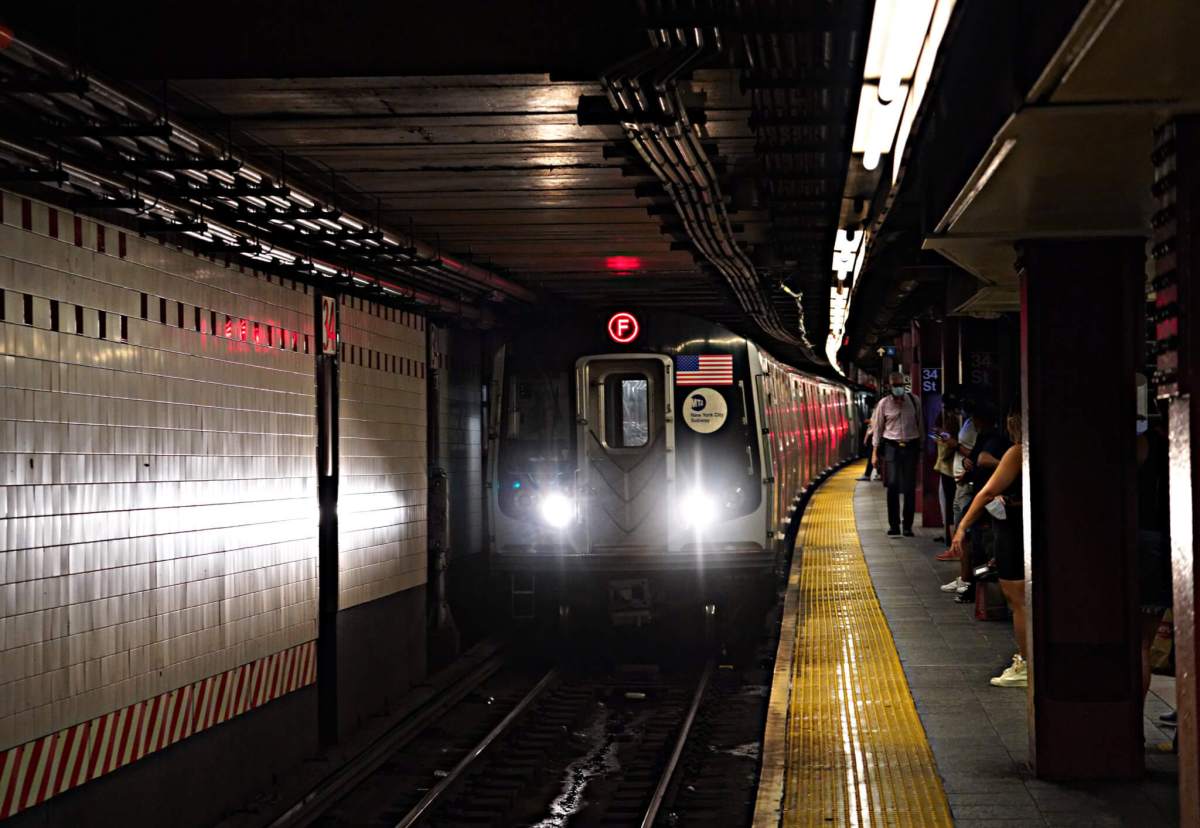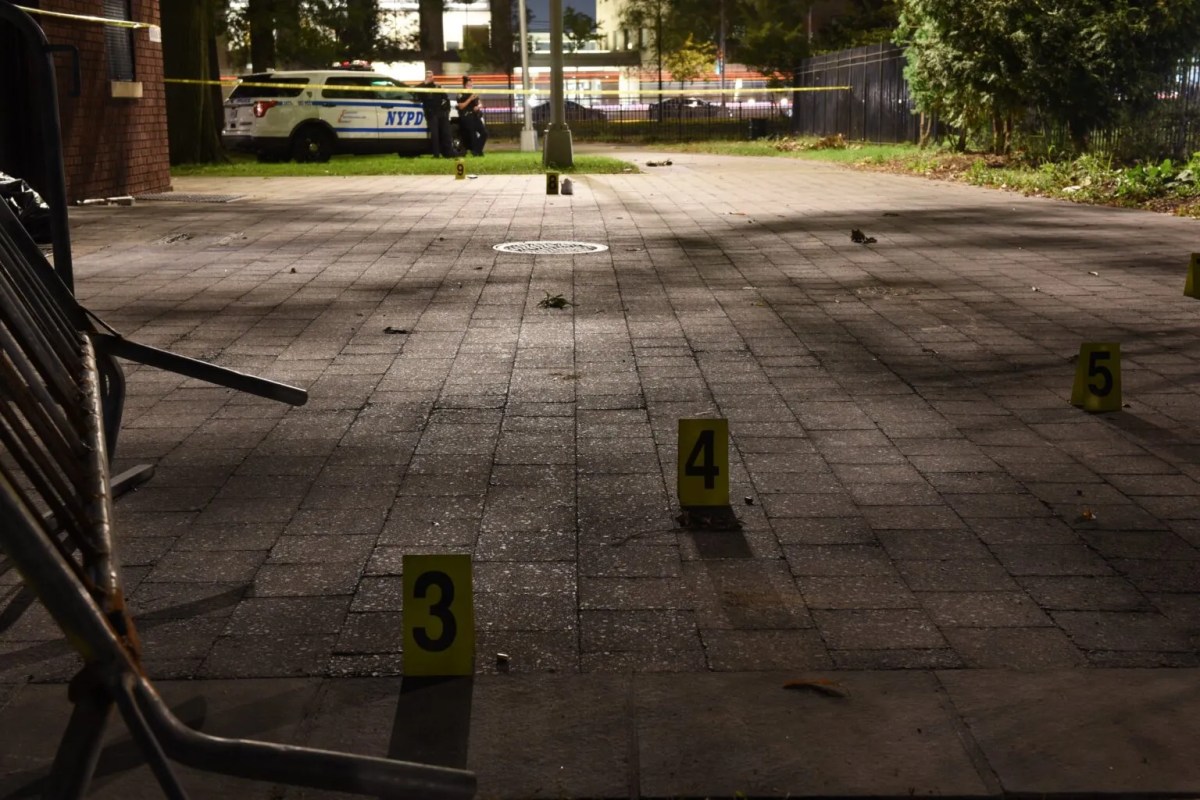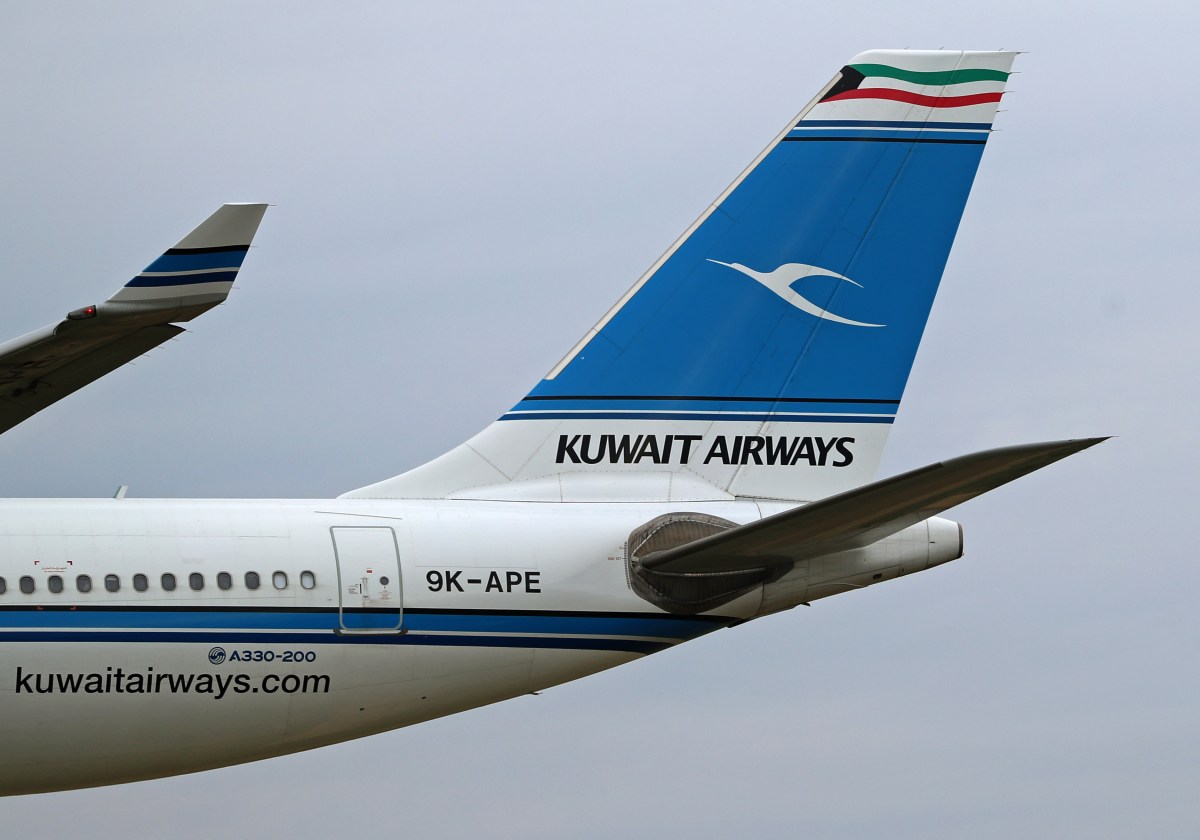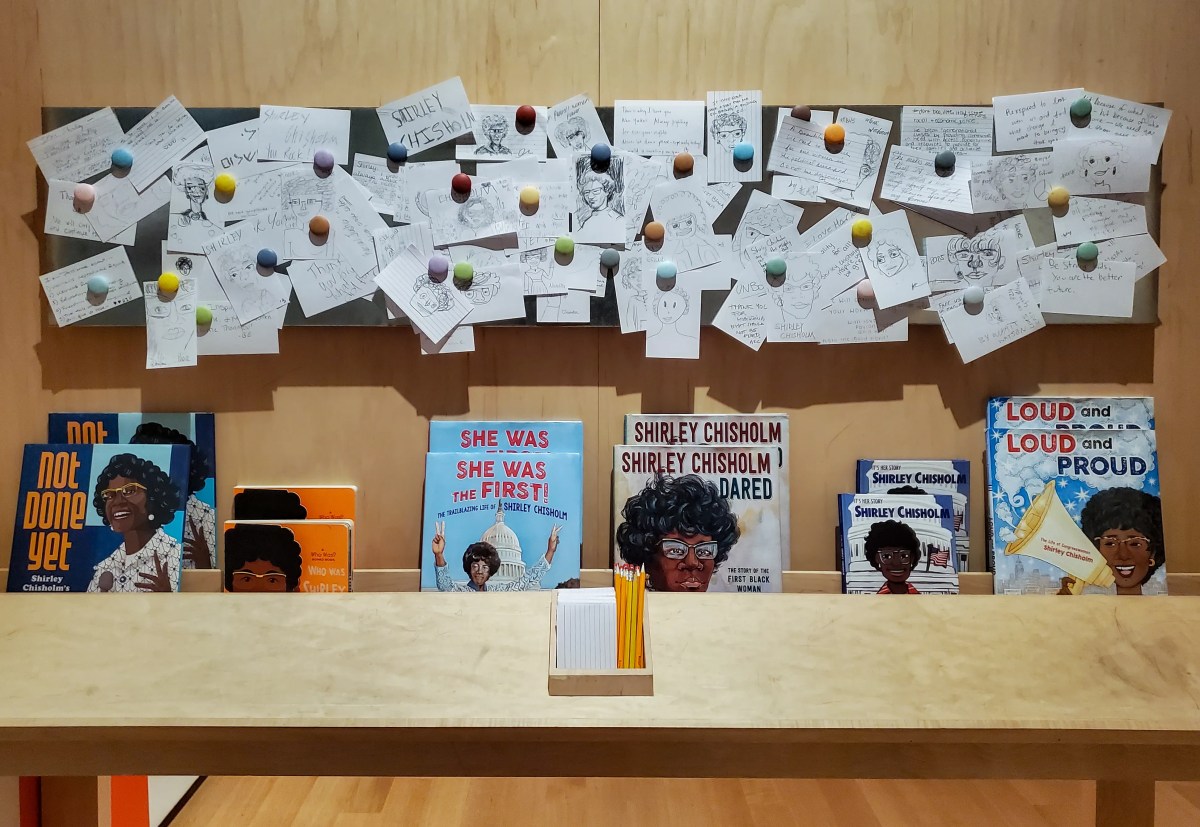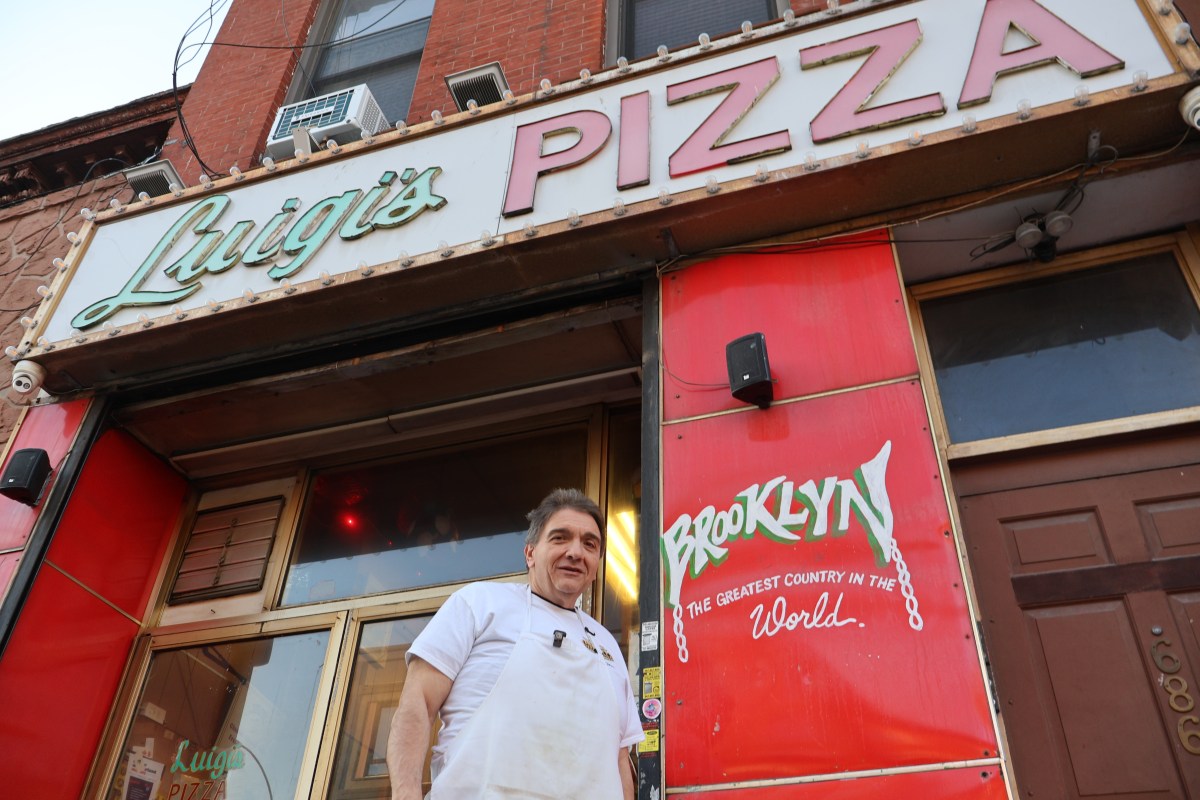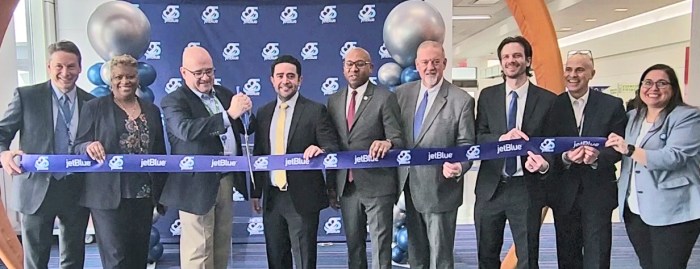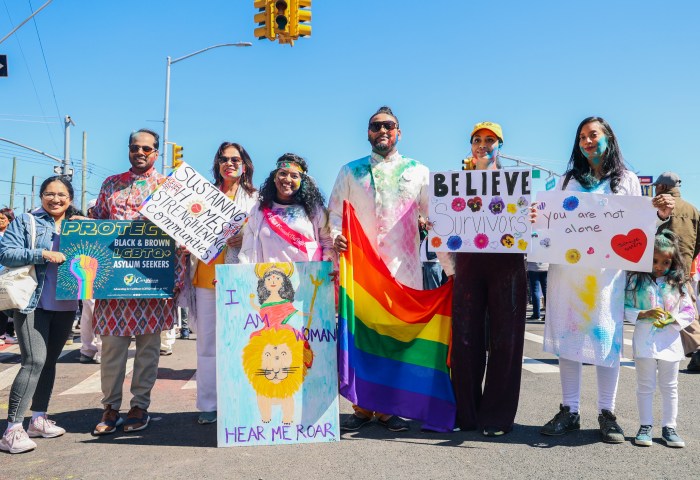The MTA is making moves to upgrade its ancient subway signals along three more lines, which will allow the agency to run trains more frequently and on time in parts of Brooklyn, Queens, and Manhattan.
The Metropolitan Transportation Authority wants to hire engineering consultants to design and plan so-called communication-based train control, or CBTC, on the next batch of subway lines, according to board documents published Friday for this week’s monthly agency meetings.
The proposed contract describes the stretches of track eyed for new signals in terms of the former Independent Subway System, or IND, one of three rail networks that were consolidated into the MTA.
The next CBTC re-signaling is coming to the following lines:
- Fulton Line: A and C trains, from High Street to Euclid Avenue in Brooklyn
- 6th Avenue Line: F trains, from York Street in Brooklyn along 6th Avenue in Manhattan, to north of 21 St-Queensbridge in Queens
- Crosstown Line: G train, between Court Square in Queens through Hoyt-Schermerhorn in Brooklyn
The MTA’s Construction and Development subsidiary wants to contract firms Atkins and HTNB for $18 million over two years to provide general engineering consultant services related to modernizing the three lines, according to the board documents. This will require approval from the full MTA board when it meets Wednesday.
The MTA’s renewed focus on the G train was previously reported by the Daily News.
CBTC replaces the subway’s Depression-era signaling system, which does not actually let transit workers know where exactly trains are at any given time.
The new setup tells officials at the subway nerve center, the Rail Control Center, where trains are within inches, allowing the agency to run them closer together safely and increase frequency of service.
The older signals, which also act as traffic lights for trains, can also get stuck in the stop position, sometimes stalling subways for hours until repair crews can get underground to reset them by hand.
“Train delays still happen because red lights get stuck and won’t turn green,” said Danny Pearlstein, the policy and communications director with the transit advocacy group Riders Alliance. “There are other things that can go wrong with our antiquated signal system, but the fact is a lot of the equipment belongs in a museum and we’re still depending on it to get home at the end of the day.”
Transit officials could not yet give a timeline for the three new lines getting the upgrades, but the agency has been working to install CBTC on the Queens Boulevard Line on the E, F, M, and R; the Eight Avenue Line on the A, C, and E in Manhattan; and the Culver Line on the F in Brooklyn.
The current and future work combined will mean that CBTC will be on the A and C lines from Euclid Avenue in Brooklyn through to 59th Street-Columbus Circle in Midtown, and for most of the F line from Jamaica to Coney Island.
The L and the 7 trains already have the tech and are among the MTA’s best performing lines. The technology debuted on the L train in 2009, and the 7 line became the second to get CBTC in 2019.
MTA has set aside more than $7 billion in the current 2020-2024 capital plan for signal modernization on six lines.
There are two remaining lines the agency wants to upgrade as part of the five year spending plan:
- Lexington Avenue Line: 4, 5, and 6 trains, running between Grand Concourse-149th Street in the Bronx and Nevins Street in Brooklyn
- Astoria Line: N and W trains, between Ditmars Boulevard in Queens and 57th Street in Manhattan
The work will likely require regular weeknight and weekend closures along the lines, and Pearlstein said the MTA should work with the city to provide good alternatives for riders, such as a busway along Brooklyn’s Fulton Street corridor, similar to the 14th Street busway in Manhattan which originally grew out of the L train shutdown in 2019.
“While the work is going on, the MTA and the city need to give greater attention to giving riders other options,” the advocate said.
Read more: MTA Increases A Train Speed Limits for Faster Service



